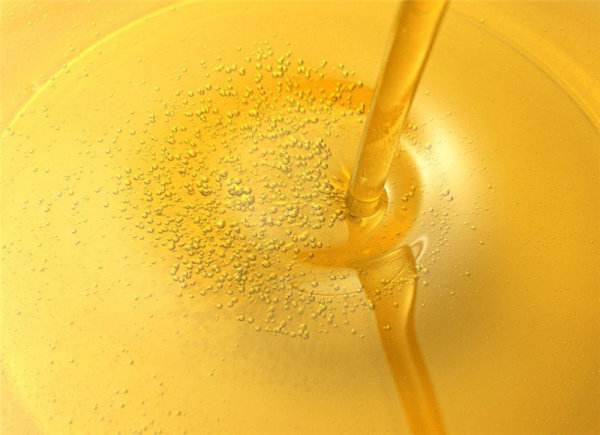01 Grease Overview
Grease is a general term for oil and fat, i.e., higher fatty acid esters, which are one of the most widely used basic ingredients in food and cosmetics. The fats and oils we usually refer to are triglycerides, which are substances in which the triglycerides generated from fatty acids and glycerol are the main components; and waxes are esters formed from advanced fatty acids and advanced fatty alcohols and appear solid or semi-solid.

(1) Oil: liquid state at room temperature, such as castor oil, etc.
2) Fat: semi-solid at room temperature, such as cream, etc.
02 General classification of fats and oils
1) Vegetable fats – olive oil.
2) Vegetable waxes, esters formed from higher fatty acids and higher monohydric alcohols – jojoba waxes.
3) animal fat – snake oil.
4) Animal waxes – lanolin, beeswax.
5) Hydrocarbons – liquid paraffins.
6) Synthetic fats and oils – modified fats and waxes synthesized from various fats and oils or other raw materials through processing.
7) Other fats and oils.
Vegetable-based fats and oils
There are three types of vegetable oils and fats, dry oil, semi-dry oil and non-dry oil. Dry oils such as: flaxseed oil, sunflower oil; semi-dry oils such as cottonseed oil, soybean oil, sesame oil; non-dry oils refer to the likes of olive oil, coconut oil, castor oil, etc.. Most of the oils used in cosmetics are semi-dry oils, and dry oils are almost not used as cosmetic ingredients.
Commonly used oils and fats include: olive oil, coconut oil, castor oil, cottonseed oil, soybean oil, sesame oil, almond oil, peanut oil, corn oil, rice bran oil, tea seed oil, sea buckthorn oil, avocado oil, stone chestnut oil, European nut oil, pecan oil, cocoa butter, etc.
Animal fats and oils
Animal fats and oils used for cosmetic raw materials are mink oil, egg yolk oil, lanolin oil, lecithin, etc. Animal fats and oils generally include highly unsaturated fatty acids and fatty acids, they are compared with vegetable fats and oils, their color, odor and other poor, in the specific use should pay attention to corrosion problems.
Lanolin oil has good skin affinity, permeability and diffusion, good lubrication and softness, easily absorbed by the skin, safe and non-irritating to the skin; it mainly acts in anhydrous ointments, lotions, hair oils and bath oils. Lecithin is extracted from egg yolk, soybeans and cereals, and has emulsifying, anti-oxidant and skin moisturizing effects. It is a good natural emulsifier and is often used in emollient creams and oils.
03 The role of oils and fats in cosmetics
1) Forming a hydrophobic film on the surface of the skin, giving it softness, lubricity and luster, while preventing the invasion of external harmful substances and defending it from various elements of nature – protective effect.
2) Skin surface cleansing-cleansing action through the action of its oil-soluble solvent; e.g. PEG-8 caprylic/capric acid glycerides.
3) When it is cold, it inhibits the evaporation of water from the surface of the skin and stops the skin from drying out and cracking – waterproof moisturizing effect;
4) As a solvent for special ingredients to facilitate skin absorption of drugs or active ingredients – to promote absorption synergy; e.g. BGCC butylene glycol dicaprylate/dicaprate.
5) As a superfatting agent to replenish the necessary fat of the skin, thus playing the role of skin protection, lubricating when massaging the skin, reducing friction, giving the hair a soft and shiny feeling – auxiliary and beautifying conditioning effect; SSE-68 sucrose polysoybean oleate; LIS isopentyl laurate.
*Disclaimer: The content contained in this article comes from the Internet, WeChat public numbers and other public channels, and we maintain a neutral attitude toward the views expressed in the article. This article is for reference and exchange only. The copyright of the reproduced manuscript belongs to the original author and the institution, and if there is any infringementPlease contact Jetson Chemical for deletion
